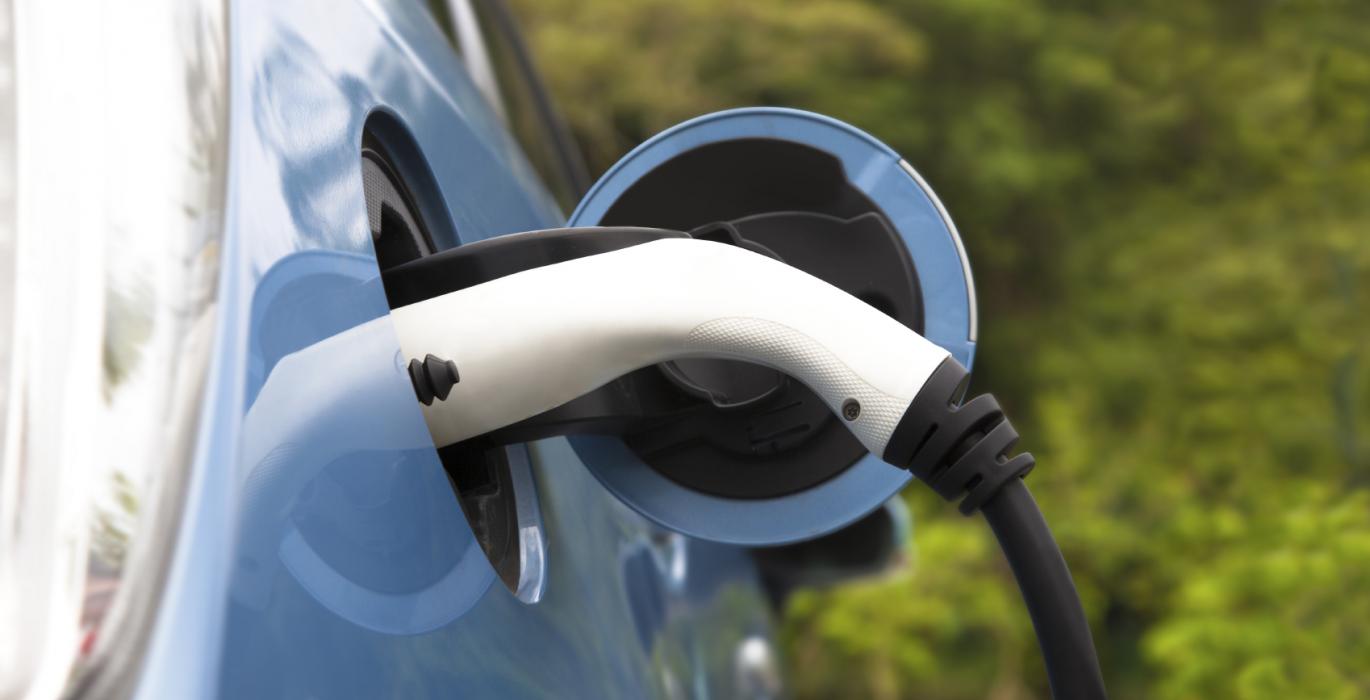Read The Full Article On: Nasdaq
Apart from driving a clean transportation revolution over the next three decades, electric vehicles (EVs) could help the power grid’s storage needs as growing shares of renewable energy sources—predominantly solar and wind—are being incorporated into electricity grids.
Batteries from EVs could have so much more potential energy storage by 2050 that electric cars could be the ones to boost the energy storage of the power grid to accommodate rising solar and wind capacity, the International Renewable Energy Agency (IRENA) says.
While electric vehicles and renewables may now look as two totally separate clean-energy technologies, and EVs are a strain on power grids when charging at peak electricity demand, there are potentially huge benefits to the power grid if EVs are plugged in to smart grids, IRENA experts say.
The EV fleet of the future could create vast electricity storage capacity, the agency says.
Future EV battery capacity may dwarf stationary battery capacity by 2050, experts at IRENA said in an analysis from last year. In 2050, around 14 terawatt-hours (TWh) of EV batteries would be available to provide grid services, compared to 9 TWh of stationary batteries, according to the agency.
“Smart charging for electric vehicles (EVs) holds the key to unleash synergies between clean transport sector and low-carbon electricity. It minimises the load impact from EVs and unlocks the flexibility to use more solar and wind power,” IRENA said.
Smart charging, unlike uncontrolled charging, also decreases simultaneity and lowers peaks in demand.
In addition, smart charging of EVs has the potential to significantly cut the peak load and avoid grid reinforcements, at a cost of 10 percent of the total cost of reinforcing the grid, according to IRENA’s experts.
In the key forms of advanced EV charging, in V2H/B (vehicle to home/building), vehicles could act as supplement power suppliers to the home, while in V2G (Vehicle-to-grid), the smart grid controls vehicle charging and returns electricity to the grid.
Adjusting charging patterns, considering that EVs currently are idle in parking for 90–95 percent of the time for most cars, could contribute to both system and local flexibility, IRENA says.
Yet, challenges to this smart EV charging approach remain.
Technical challenges include uncertainty over how using EV batteries to return electricity to the grid would degrade the battery. Another hurdle is the lack of standardization and consumer knowledge of the vehicle-to-grid systems.
Additional challenges lie in consumer preference for the fastest charging possible, which diminishes the use of an EV battery to provide flexibility to the power grid.
“With slow charging the EV battery is connected to the grid for longer periods of time, increasing the possibility of providing flexibility services to the power system,” IRENA says.
The smart charging systems would work best with slow charges, so drivers’ preferences right now are not conducive to EV batteries helping the grid flexibility, according to IRENA’s Arina Anisie, one of the authors of the agency’s analysis on smart charging.
“It really needs to change the behavior of the consumer to be able to harness the synergies between mobility and wind and solar,” Anisie told Forbes contributor Jeff McMahon.
According to IRENA, a mass rollout of smart EV charging would also depend on whether the approach could get political support amid increasingly ambitious targets for lower and net zero carbon emissions in developed economies, especially in Europe.
If the uptake of smart charging takes off this decade, grid flexibility from EVs could increase dramatically by 2030, IRENA reckons.
“If unleashed starting today, the use of EVs as a flexibility resource via smart charging approaches would reduce the need for investment in flexible, but carbon-intensive, fossil-fuel power plants to balance renewables,” the agency says in its analysis.
This approach may be promising and could integrate clean mobility with increased solar and wind capacity, but it still has several key challenges to overcome, including a shift in drivers’ preferences toward buying EV as their next car and using slower but smart charging rather than ultra-fast charging—and these preferences could be the hardest thing to change.

